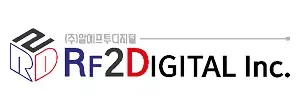TRAI, the Indian Regulator, has recently invited suggestions for use of low power small range terrestrial FM broadcasting systems for residential complexes, industrial exhibitions and small businesses, sports commentary, public address and event Information systems, music concerts, cultural events, religious organizations, political Rallies, hospital Radio services, etc
The DRM Consortium has submitted its suggestions adding that such demands will come up for many other commercial applications. It suggested that the policy should not only meet the current demands of all types of users but should also be able to meet new requirements becoming a future-proof proposal in terms of infrastructure, regulations, and features.
The DRM Consortium has suggested to go straight to digital and adopt the DRM digital radio standard with its multiple benefits also for low power range terrestrial broadcasting rather than using analogue FM. This would then be fully in line with the already existing TRAI’s digitisation recommendation to introduce digital DRM in FM band and to introduce the advantages of Digital Radio over analogue to both broadcasters and the audience.
Analogue FM gives reasonably good quality audio service, but it is a 20th-century technology with limited innovation scope which is both spectrum and power-hungry offering only a single audio service per frequency. On the other hand, DRM Digital broadcasting in the FM band provides multiple services, within the same allocated frequency band, at much-reduced power along with a host of other value-added services. As already known, DRM in FM is saving spectrum, as it only needs half the frequency spectrum required for FM while delivering multiple audio channels and value-added services. DRM digital enables to broadcast of up to 3 audio programmes (and additional multimedia services like Journaline), within just 100 kHz bandwidth. The availability of 2 additional audio channels is very important to provide commentaries in multiple languages of the sports events, in hospitals, residential societies, and public meetings by the political parties, etc. Citing the use cases of limited area broadcasting, an innovative single DRM receiver with built-in local Wi-Fi hotspot is enough to make the DRM services available to listeners nearby on existing mobile phones.
Other arguments put forward by the DRM Consortium were about the much lower frequency offset required in DRM doubled by a better cut-off in DRM receivers.
As it is known, (centre-to-centre spacing of) 800 kHz is required between two analogue FM transmitters (i.e., 600 kHz frequency gap). A DRM digital transmitter can be installed at a spacing of only a 50 kHz frequency gap from an analogue FM transmission and/or another digital transmitter. Thus, DRM digital permits the operation of many more FM-band radio services, which in any case would be required particularly in major cities where the available spectrum is limited.
Adopting DRM in FM for ultra-local transmissions also fits with the possibility of seamlessly incorporating DRM into the national CAP-Integrated Alert System
Keeping with the plan of the Government of India to provide emergency warnings on all types of platforms, the National Disaster Management Authority (NDMA) is considering the possibility of using the AIR DRM transmitter network also for the dissemination of emergency warning signal.
In conclusion, while analogue FM offers little in terms of innovation and servicing all types of audiences, DRM digital radio is the newest, most complete, and internationally recognised standard for digital broadcasting in all frequency bands (MW, SW & VHF).

















